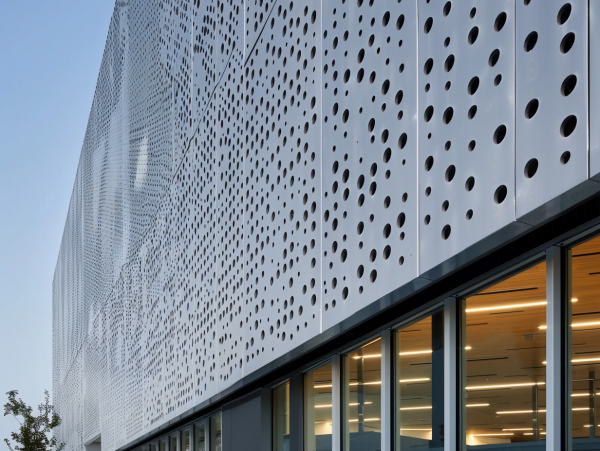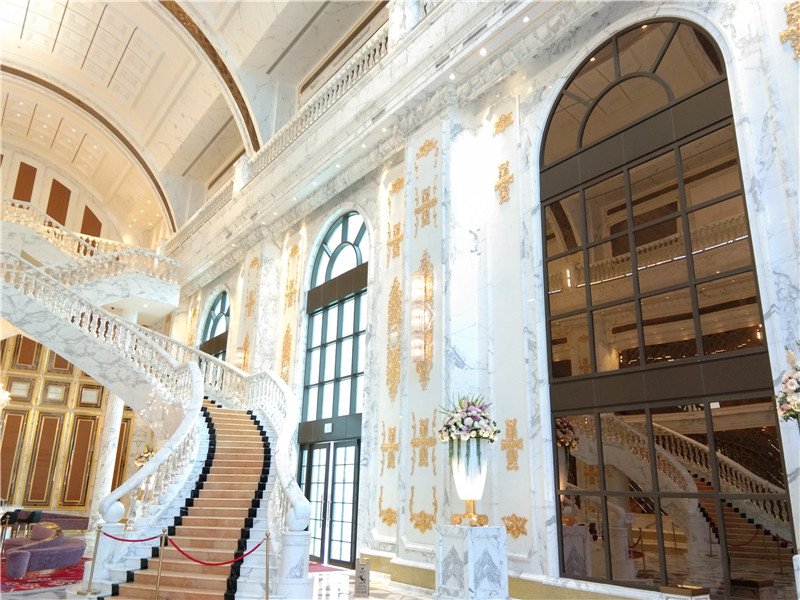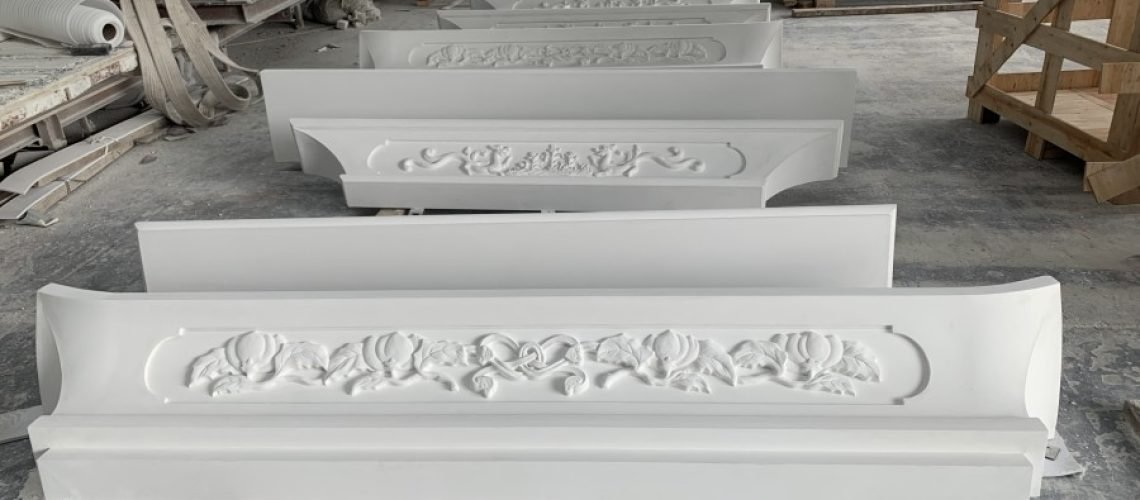Glassfiber Reinforced Concrete (GRC) is a versatile and innovative material widely used in modern construction. Its unique properties, such as lightweight, durability, and moldability, make it suitable for various architectural styles.
Whether it’s creating sleek, contemporary designs, replicating intricate European details, or preserving the elegance of traditional Chinese architecture, GRC components offer endless possibilities for architects and builders.
This article explores how GRC can be effectively utilized in modern, European, and Chinese architectural styles.
Modern Architectural Style

Glassfiber Reinforced Concrete (GRC) components are particularly suited for modern architectural styles. Modern architecture emphasizes simplicity, clean lines, and streamlined designs.
GRC’s lightweight nature allows for large-scale, curved, and complex shapes, enabling architects to create striking, contemporary building facades. This material is often used in skyscrapers, modern art museums, and technology parks, where innovative and futuristic aesthetics are paramount.
The flexibility and strength of GRC facilitate the creation of intricate details and smooth finishes that contribute to the sleek, avant-garde appearance typical of modern buildings.
European Architectural Style

GRC components are also ideal for European architectural styles, which focus on elegance and intricate detailing. European architecture often features ornate decorations, reliefs, and sculptures.
GRC’s excellent moldability allows it to replicate the complex patterns and detailed elements common in European designs. Palaces, manors, and villas frequently use GRC for columns, vases, murals, and reliefs to enhance the façades, porches, and balconies.
The material’s ability to create detailed and sophisticated designs complements the classic European architectural elements, adding an air of refinement and historical authenticity to new constructions and restorations.
Chinese Architectural Style

In Chinese architectural styles, GRC components offer a harmonious blend of traditional aesthetics and modern durability.
Chinese architecture values harmony, elegance, and intricate design. GRC’s characteristics, such as its light weight, corrosion resistance, and rich color palette, make it suitable for creating traditional Chinese elements like dougong (interlocking wooden brackets), pavilions, corridors, and decorative components.
GRC can mimic the natural textures and finishes required for traditional Chinese buildings, such as temples, classical gardens, and ancient structures. By incorporating GRC, these buildings maintain their cultural heritage while benefiting from enhanced durability and decorative potential.
Conclusion
In conclusion, GRC components provide architects with unparalleled flexibility and creative freedom, allowing them to realize complex and aesthetically pleasing designs across various architectural styles.
Modern architecture benefits from GRC’s ability to form large, smooth, and innovative shapes, while European designs utilize its moldability for intricate details and ornate decorations. In Chinese architecture, GRC enhances traditional aesthetics with its durability and adaptability.
As the construction industry continues to evolve, GRC stands out as a key material that bridges the gap between artistic vision and practical application, ensuring structures are both beautiful and enduring.

